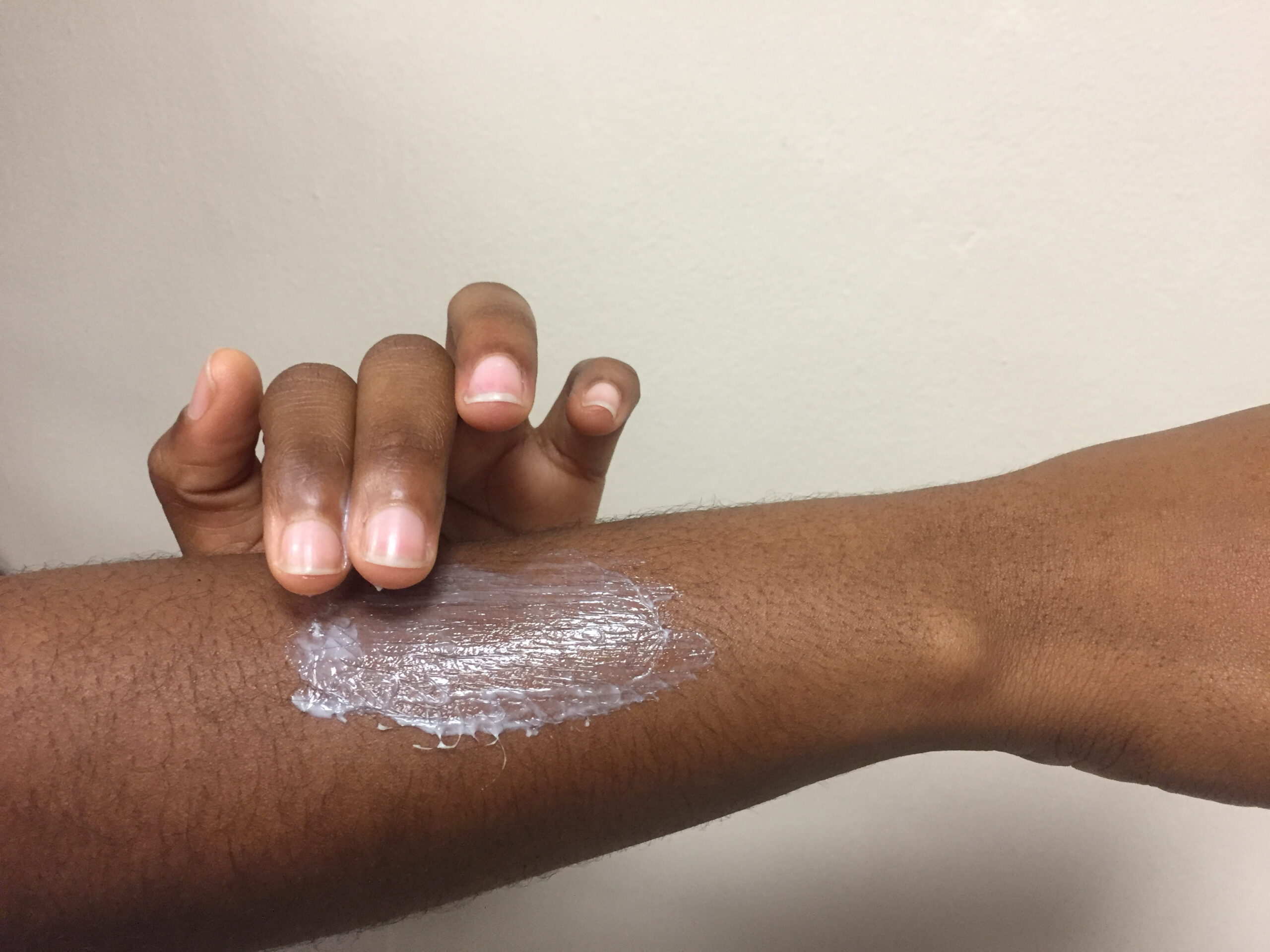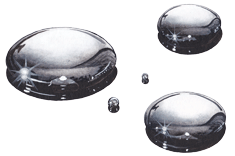News:
- Eliminating Mercury Skin Lightening Products

 Inorganic mercury is a common ingredient found in skin lightening products (SLPs). SLPs come in different forms, including creams and soaps. BRI is collaborating with the United Nations Environment Programme and the World Health Organization to help eliminate the use of all skin lightening products. Learn more here.
Inorganic mercury is a common ingredient found in skin lightening products (SLPs). SLPs come in different forms, including creams and soaps. BRI is collaborating with the United Nations Environment Programme and the World Health Organization to help eliminate the use of all skin lightening products. Learn more here.
Mercury in Skin Lightening Creams and Cosmetics
Mercury is an ingredient in skin lightening or anti-aging creams used by consumers around the world. To reduce mercury exposure to humans and the environment, the Minamata Convention implemented a ban on the manufacture and trade of cosmetics products with mercury concentrations >1 ppm.
In collaboration with the Zero Mercury Working Group, BRI has developed methodology to test skin lightening products for mercury, and has collected and tested hundreds of samples from countries across the globe.
Risk to Human Health and the Environment

Mercury salts are used in skin lightening creams and is also added to some cosmetics, such as mascara, for its properties as a preservative, preventing the growth of bacteria and fungi.
According to the World Health Organization (WHO), the main health risk from mercury exposure is kidney damage, but the use of these products can also result in allergic reactions, skin irritation, or neurotoxicity (harm to the nervous system). In addition, mercury from these products is eventually released into wastewater where it enters the environment and, under certain conditions, is absorbed into the food web, contaminating the food we eat.
Watch the World Health Organization’s video on mercury in skin lightening products HERE.
The Minamata Convention and Mercury-added Prodcuts

Article 4 of the Minamata Convention on Mercury prohibits the manufacture, import, or export of specific mercury-added products after 2020. Under this Article, all cosmetics will be required to have mercury concentration of less than 1 part per million (ppm). To effectively implement this regulation, customs agents across the globe will need an efficient method of identifying products with high mercury content.
BRI tests skin lightening and anti-aging creams for mercury content in order to meet two goals: (1) to build a global database on mercury content of cosmetic products; and (2) to provide customs agents with the means to efficiently screen imported products for the presence of mercury. Roughly 10% of tested products contained mercury, in concentrations ranging from 4 to 16,000 ppm.
Learn More and Become a Partner

In addition to helping meet the objectives of the Minamata Convention, participation in this sampling effort provides important country-specific mercury data on products that may affect your health. Download a copy of our 2-page flyer to learn more about how you can participate in our efforts to sample mercury in cosmetic products. Phasing Out Mercury-added Products: Skin Lightening Products and Other Cosmetics
If you are interested in joining the international effort
to test cosmetic products for mercury contamination, contact:
molly.taylor@briwildlife.org
Photo Credits: Header photo © BRI-Tim Divoll. Study Subjects: Northern long-eared bat © Bat Conservation International; Eastern small-footed bat © BRI-Jonathan Fiely; Indiana bat © BRI-Jonathan Fiely, River otter © iStock; Mink © BRI-Jonathan Fiely; Harbor seal © Sharon Fiedler. In the field © BRI; Banded bat © BRI- Jonathan Fiely; Tracking © BRI-Dave Yates; Otter family © BRI- Dave Yates, Bat cave © BRI.



